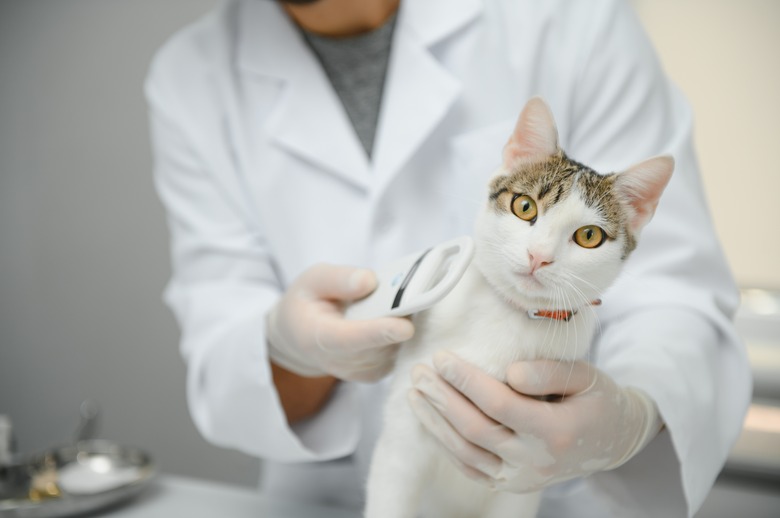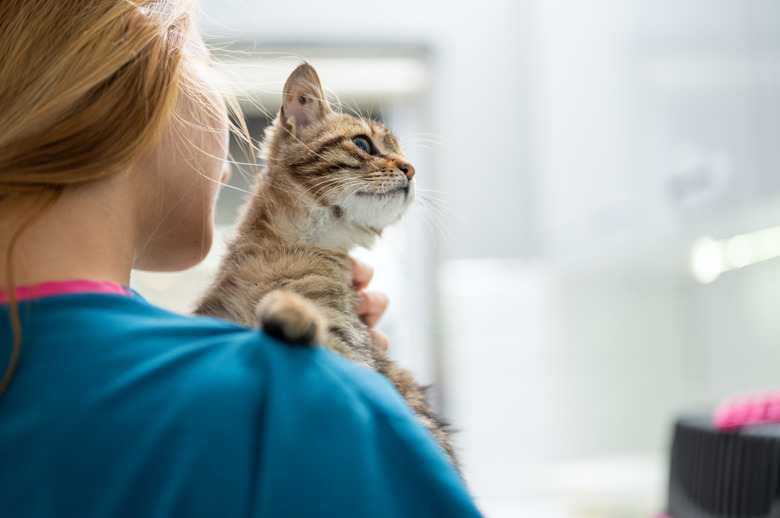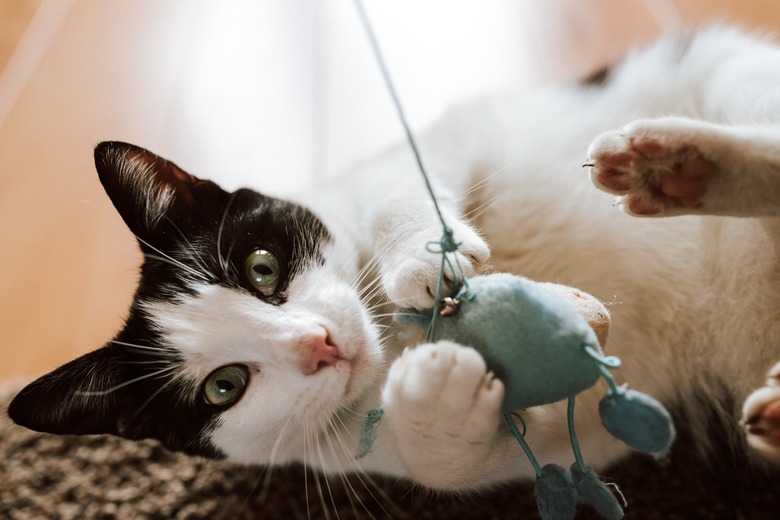How Much Clavamox Should One Give A Cat?
Clavamox for kittens and cats is a broad-spectrum antibiotic often prescribed to treat bacterial infections. The recommended dosage for cats is typically 62.5 milligrams given twice per day, but this may vary depending on the condition being treated. Only give Clavamox when it is prescribed by a licensed veterinarian and be sure to follow all of the instructions given.
What is Clavamox for cats?
What is Clavamox for cats?
Clavamox is a brand name for amoxicillin-clavulanic acid, or amoxicillin and clavulanate potassium. It is a broad-spectrum antibiotic that is available as a liquid or a pill and is intended for use in cats and dogs. A licensed veterinarian may prescribe Clavamox to treat conditions such as skin infections, wounds from a fight, periodontal infections, bacterial respiratory infections, or urinary tract infections (UTIs).
While the medication is fast-acting and begins to take effect in a couple of hours, you may not see visible improvements until after the second or third day. Clavamox typically leaves the system after about 24 hours but may linger for a longer period if your cat has kidney or liver problems.
Clavamox is a prescription antibiotic, so you will not be able to buy it over the counter to treat your cat. You must receive a prescription from a licensed veterinarian. Clavamox is a penicillin-type antibiotic and should not be given if your cat has ever had an allergic reaction or other adverse reaction to penicillin or other similar meds in the past.
Clavamox dosage for cats
Clavamox dosage for cats
Your veterinarian will let you know the specific dosage and frequency for administering Clavamox. While the standard recommended dosage for a cat is 62.5 milligrams, the Clavamox dosing chart may vary depending on your cat's age, body weight, and size. Be aware that the human formulation of amoxicillin-clavulanic acid, called Augmentin, cannot be substituted for Clavamox. This medication is FDA-approved to treat bacterial infections in humans, but the dosages differ and are typically too much for cats and dogs.
How do you give Clavamox to a cat?
How do you give Clavamox to a cat?
Both the Clavamox drops and chewable tablets are oral suspension meds designed to be given orally. You can mix in the meds with your cat's food if they will eat it. Otherwise, you will need to manually administer the Clavamox by hand. You can also try putting the Clavamox chewable tablet in a treat or using a pill popper. Be sure to complete the entire schedule of antibiotics even if your cat appears to be feeling better.
Usually, cats should receive one dose of Clavamox every 12 hours, but your veterinarian will provide instructions tailored to your pet. The recommended dosage depends on the type of condition being treated and your cat's body composition. If you miss a dose, give it to them as soon as you remember but do not give your cat two doses at once. If you don't remember until it's time to give your cat their next dose, skip the missed dose.
Properly store the medication between doses. Liquid Clavamox must be refrigerated, and it is only good for a period of 10 days. The pills must be kept dry, so don't open the blister pack containing the pill until you are ready to give it to your cat.
Side effects and contraindications of Clavamox for cats
Side effects and contraindications of Clavamox for cats
Clavamox may cause mild gastrointestinal side effects, such as vomiting, upset stomach, and diarrhea. Giving the medication with food can help to minimize these side effects, and your veterinarian may recommend probiotics to help maintain healthy gut bacteria and minimize diarrhea. Contact your veterinarian if the side effects continue or worsen.
In rare cases, some cats may experience an allergic reaction to Clavamox. Some signs of an allergic reaction include irregular breathing, difficulty breathing, rash, hives, swelling of the face, or fever. An allergic reaction can be very dangerous for your cat, so call your veterinarian immediately if you see any of these symptoms or if your cat stops eating.
Clavamox may produce adverse reactions when taken in combination with certain medications, so be sure to go over all of the supplements and meds you are giving your cat. Some medications that may interact with Clavamox include blood thinners; pain medication; and other antibiotics, such as erythromycin and tetracycline.
How long does Clavamox take to work in cats?
How long does Clavamox take to work in cats?
Clavamox typically takes effect within one or two hours. However, it usually takes about two to three days to produce noticeable improvement. How long it takes to completely resolve the infection will depend on the infection type and severity, which is why it's essential to follow your veterinarian's instructions and complete the full course of meds. If your cat doesn't seem any better within three days, let your veterinarian know.
What infections does Clavamox treat in cats?
What infections does Clavamox treat in cats?
Clavamox is a bactericidal antibiotic, meaning it is used to eliminate certain bacteria. In cats, it is commonly used to treat infections, such as upper respiratory infections, including streptococcus; UTIs; periodontal infections; and soft tissue infections arising from an abscess, bite, or other skin injury. It is not an effective treatment for viral infections.
The bottom line
The bottom line
If your cat has a bacterial infection, such as a UTI, respiratory infection, or soft tissue infection, a veterinarian might prescribe Clavamox, an oral suspension antibiotic. How much Clavamox to give your cat depends on their specific condition, age, and size, so follow your veterinarian's instructions carefully. Typically, cats taking Clavamox begin to show noticeable improvement within a few days, but if your cat doesn't appear to be getting better, let your veterinarian know.


